How to plant zucchini in open ground?

Zucchini are unpretentious vegetables that do not require much maintenance. Therefore, it is quite easy to grow them outdoors. The main thing is to properly prepare for planting plants and provide them with the necessary nutrients.
Timing
You need to plant zucchini in open ground on time. The landing time depends on the local climate and weather conditions. Before planting zucchini, you need to wait for warming. Plants will develop normally at temperatures above 15 degrees. On average, zucchini is planted in Russia in April or May. If a gardener plans to plant grown seedlings in open ground, it is worth sowing seeds in cups or containers a week before they "move" to the beds.
Choosing favorable days for planting zucchini, the gardener can also be guided by the lunar calendar. It lists both the right and the wrong time to plant the plants.

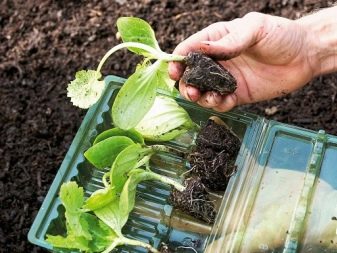
Seat selection
When choosing a place for planting zucchini, you should focus on the features of this plant. First of all, it is worth remembering that this light-loving plant. Therefore, it must be planted in open areas. Flowers and fruits in the future will still be protected from the scorching sun rays by foliage. If the plants are planted in the shade, they will stretch upward. Because of this, ovaries on the bushes will form too slowly.
Predecessors
An important role is also played by which plants were grown on the site before. It is strictly forbidden to plant zucchini after pumpkin. If this is done, the plants will lack nutrients. Good plant precursors are potatoes, tomatoes, cabbage, and eggplant.
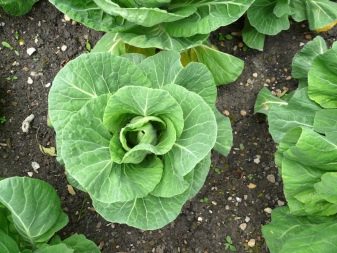

Neighborhood
You also need to be careful about the choice of neighbors for zucchini. Most often, the following plants are planted next to them.
- Legumes... They are able to saturate the soil with nitrogen. Therefore, the zucchini planted next to them grows very quickly. Such bushes have to be fed less often.
- Corn... Tall plants are able to protect the squash from the wind. In this case, the bushes are not in the shade.
- Greens... Parsley, dill, cilantro, spinach and other plants can be planted near zucchini. The grown greens are usually cut off, thus freeing up space for squash lashes.
- Onion and garlic... You can also plant zucchini with onions or garlic in one area. These plants perfectly protect the crop from pests. But, having chosen such a planting scheme, the gardener should make sure that the plants are not affected by powdery mildew. For this, crops are treated with fungicides and well fed.
- Cabbage... Cabbage also feels good next to zucchini. But such plantings often attract pests. You can protect your beds by planting flowers such as marigolds or calendula around their perimeter. They will repel insects with their rich aroma.
The worst neighbors for zucchini are pumpkin seeds. If you plant zucchini and pumpkin or squash in one area, the plants will be pollinated. This can affect both the state of the future planting material and the harvest itself.

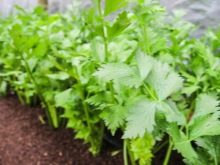

Priming
Soil quality also plays an important role. The features of site preparation depend on the type of soil.
- Chernozem... In areas with such a nutritious soil, squash grows very well. Therefore, they do not need to be additionally fed.In the process of the autumn preparation of the site, the gardener only needs to disinfect the soil and destroy the pests. To do this, it is enough to dig up the area and spill it with boiling water or a solution of "Fitosporin".
- Clay soil... When digging a site with clay soil into the ground, it is recommended to seal up a mixture of humus, peat and sawdust. It is worth doing this in the fall. This procedure will significantly improve the quality of the soil.
- Sandy soil. Humus and peat are also introduced into such soil. In spring, a small amount of dry wood ash can be added to the soil. The main thing is that there are no impurities in it.
In the spring, the site is once again cleaned of plant residues and loosened.
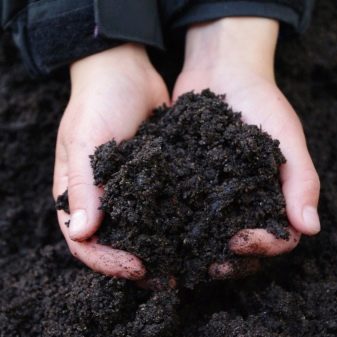
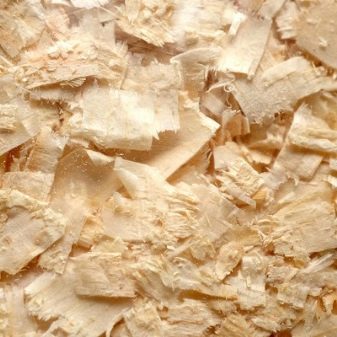
How to prepare the holes?
The wells are usually prepared a few days before the zucchini planting. Since the lashes of these plants are large enough, the holes should be placed at a distance of 50-60 centimeters. The depth of the holes also plays an important role. Don't bury the seeds too deeply. This will lead to the fact that they will germinate for a very long time. The average depth of the hole is 3-4 centimeters.
If seedlings prepared in advance are planted on the site, the holes are made so that the plants can fit in the holes along with a lump of earth or a peat base. Correct deepening will speed up the development of young seedlings. Since the beds are usually fed in the fall, you do not need to add fertilizer to the holes in the spring. Plants will develop well without it.
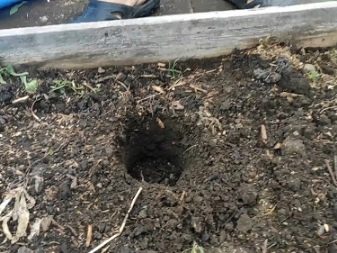
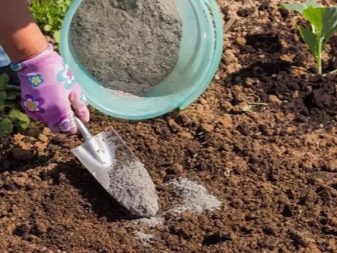
Landing schemes and technology
The step-by-step scheme for planting zucchini in open ground with seeds is quite simple. It is recommended to pre-process the planting material. This process consists of several stages.
- Calibration... Before planting, the seeds are carefully sorted out. Only healthy specimens are left without traces of mold and damage. The selected planting material is placed in a container with a saline solution. Seeds floating to the surface are also removed. The rest are washed under running water and dried.
- Warming up... You can stimulate the growth process of zucchini by warming up the seeds. To do this, they are placed in a small bag. It can be placed next to the heater overnight or left on the windowsill for a week.
- Soak... Since zucchini seeds have a fairly dense peel, it is recommended to germinate them before planting. For this, the seeds are placed on a napkin or gauze soaked in warm water. In this form, the planting material is left for a couple of days. Usually, the seeds begin to hatch after 2-3 days.
- Hardening... If the gardener plans to plant seeds early in open ground, the planting material should also be hardened. To do this, it must be sent to the refrigerator for 4-5 days.
After carrying out all these activities, the gardener can start planting zucchini. The seeds are placed in the wells prepared in advance and sprinkled with a small amount of nutritious soil. You need to sow them correctly. Usually 2-3 seeds are placed in each well. This helps to increase the germination of plants.
If the gardener has free time and a desire to experiment, he can try planting seeds in a different way.
- In a barrel. This is one of the most convenient methods for growing zucchini. Metal or wooden containers are pre-cleaned. Small holes are made at the bottom to drain the water. Next, the gardener forms a drainage layer and sprinkles it with compost, peat and sawdust. From above, everything is covered with nutritious soil. The number of plants that can be grown in one barrel depends on its size, as well as on the characteristics of the selected crop.
- On the compost heap. Seeds planted in a compost heap grow well. To make it easier for the gardener to take care of future plants, the place for planting zucchini is carefully fenced off with wide boards. After that, a layer of nutritious soil is laid on the compost. Seeds are placed in the ground. In such conditions, zucchini grows very quickly.In addition, the compost, protected by wide green foliage, manages to overheat well over the summer. Therefore, in the fall, it can be used to feed the beds or garden.
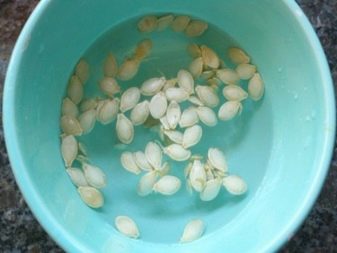

In cold regions, gardeners prefer to grow zucchini before planting in the beds. The seeds are placed in glasses filled with soil mixture and watered well. You can grow seedlings both in the house and in the apartment. The main thing is that it is in a warm and well-lit place. Seedlings should be watered regularly. If you plan to plant seedlings in an area with poor soil, it should be additionally fed. To do this, you can use "Bud" or "Effecton".
It is recommended to plant seedlings on cloudy days. If this is not possible, the procedure should be carried out in the evening. This should be done no later than a month after sowing the seeds. Overgrown plants adapt worse to new conditions. The step-by-step process of planting seedlings consists of the following stages.
- The plant must be carefully removed from the pot along with an earthen lump. If peat pots were used for planting seeds, they are placed in the ground along with the plant.
- Having fixed the seedling in the desired position, it must be sprinkled with loose soil.
- After planting, the seedlings must be watered abundantly. Do not worry if seedlings transplanted from the greenhouse wither. They will recover quickly after watering.
If there is a risk of recurrent frost, cover each plant with a 5 liter bottle. Such a cap will protect young plants from the cold. The main thing is not to forget to take it off in time.
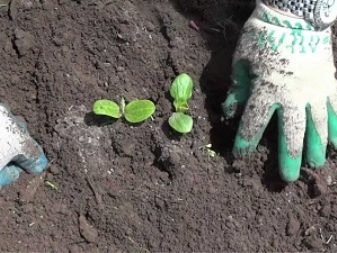
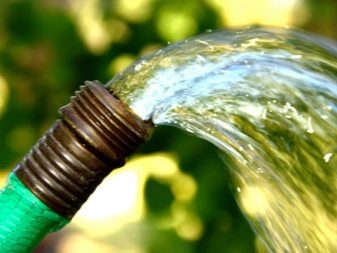
Care
In order for the zucchini to develop properly and be strong enough, they need to be properly cared for after planting.
- Watering... Watering rules depend on the conditions in which the zucchini grows. If the weather outside is dry, the plants have to be watered once a week. If the summer is rainy, you can do this less often. After the ovaries appear on the bushes, the frequency of watering will need to be increased. In this case, you need to use less water. Watering liquid should be used warm. It is best to take settled rainwater.
- Loosening and mulching... To prevent a dense crust from forming on the site next to the bushes, the beds must be regularly loosened. It is important to remove all weeds in the process. They take up a lot of nutrients and attract various pests. To protect the roots of plants, zucchini are also additionally huddled. In order not to waste time on these procedures, the beds can be covered with a layer of mulch. Gardeners can use dry straw, grass or peat. The mulch layer should be regularly renewed.
- Shading... If the seedlings are stretched out and become too weak, they need to be shaded. In general, zucchini is a plant that can withstand heat. But if the summer is hot, the greens quickly turn yellow, and the seedlings do not have the strength to form ovaries.
- Topping... This procedure helps to speed up the process of fruit formation. It is carried out as the zucchini develops. Plants are usually pinched over the fifth leaf. Anything below is immediately removed. This procedure helps to stimulate the formation of lateral shoots and new ovaries. It should be remembered that you cannot pinch bush varieties of zucchini in this way. The fact is that their fruits are formed precisely on the central shoot.
- Top dressing... Plant nutrition also plays an important role. In general, zucchini can develop normally without additional fertilization. But top dressing helps to significantly accelerate the growth of fruits and improve their taste. For normal development of zucchini, two dressings are enough. The first is introduced into the soil during the flowering period. At this time, fertilizers with a high nitrogen and potassium content are used. The second time, the zucchini is fed during the fruiting period. At this time, potassium and phosphorus are added to the soil. When feeding zucchini, it is worth remembering that these plants do not tolerate chlorine. Therefore, mineral complexes must be chosen with particular care.
- Pest control... Pests such as aphids, whiteflies, spider mites and sprout flies pose a threat to zucchini. Regular weeding and weed control will help protect your site from these insects. When pests are dominant, it is recommended to use purchased insecticides.
- Protection from disease. All diseases affecting pumpkin are dangerous for zucchini. In order to prevent contamination of the site, in the fall it is treated with a Bordeaux mixture. After planting zucchini, the beds are regularly inspected. Affected plants are immediately removed from the site.
By adhering to these simple rules, you can grow healthy and tasty zucchini even in a small area.
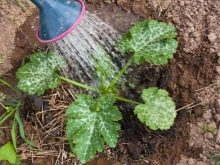















The comment was sent successfully.